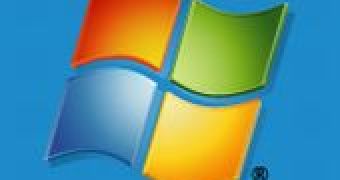Customers currently leveraging Windows Embedded Compact will get the chance to upgrade to the next version by the end of next year, Microsoft revealed.
Kevin Dallas, general manager of Windows Embedded, revealed that the next generation of the Windows Embedded CE platform is planned for release sometime in the second half of 2012.
At the time of this article, the Redmond company had not shared a specific general availability date for what it calls Windows Embedded Compact v.Next.
Also, the software giant has yet to announce the commercial moniker under which the Windows Embedded Compact v.Next will be launched commercially.
However, considering that the successor of Windows Embedded CE 6.0 was dubbed Windows Embedded Compact 7, customers might as well start guessing what Microsoft’s branding strategy for Windows Embedded Compact v.Next will be.
According to Dallas, Microsoft is designing Windows Embedded Compact v.Next to play nice with Visual Studio 2010. There’s no telling whether Windows Embedded Compact v.Next will also support more recent releases of VS.
“Windows Embedded Compact will continue to provide a proven, real-time operating system and a full tools suite for a streamlined development experience on small-footprint, specialized devices,” the company noted.
Microsoft is also building Windows Embedded Standard v.Next which is set to offer Windows technologies, such as rich user interfaces, always-on connectivity, but also the platform’s management and security functionality.
There’s no telling just how close Windows Embedded Compact v.Next and Windows 8 will be, at least not at this point in time.
“Windows Embedded Compact and Windows Embedded Standard represent Microsoft’s platforms for intelligent systems.” Dallas stressed.
“We need Windows Embedded Standard v.Next to take the lead around application-rich devices, and Windows Embedded Compact v.Next to take the lead around real-time, small form-factor devices. Both are critical to the success of our partners and enterprise customers building intelligent systems.”

 14 DAY TRIAL //
14 DAY TRIAL //